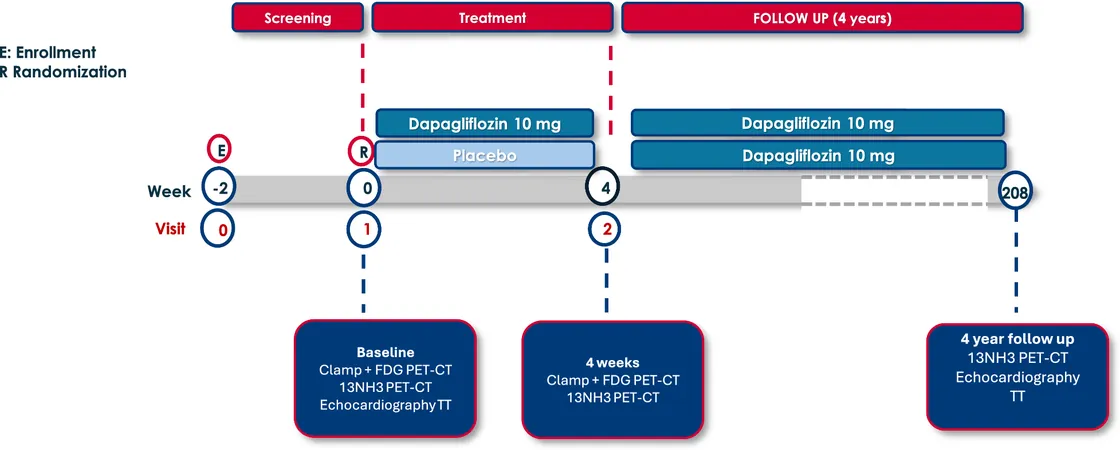
Unlocking Solar Power's Potential: The Surprising Role of Red Onion in Sustainable Cells
2025-08-30
Author: Daniel
Scientists Discover a Secret Ingredient for Better Solar Cells
In a groundbreaking revelation, researchers have identified red onion dye as a potential game-changer for enhancing ultraviolet (UV) protection in solar cells. Traditionally, these cells rely on petroleum-based coatings that shield them from harmful UV degradation.
While common materials like polyvinyl fluoride (PVF) and polyethylene terephthalate (PET) have been standard, there’s a push for greener alternatives. Enter nanocellulose, a hero derived from plant sources that is being hailed for its eco-friendly properties.
Red Onion Skin: The Unsung Champion Against UV Rays
The researchers’ findings, published in the journal ACS Applied Optical Materials, reveal that blending nanocellulose with red onion skin extract results in a remarkably effective UV barrier. This innovative combination can block an astounding 99.9% of UV radiation up to 400 nanometers, outperforming current commercial PET UV filters.
Rustem Nizamov, a doctoral researcher at the University of Turku in Finland, stated that this development offers a promising alternative for applications requiring bio-based materials.
Exploring Durability and Effectiveness in UV Protection
The study examined the durability of various films made from cellulose nanofibers, treated with red onion extract, lignin, and iron ions. Among them, the red onion dye proved to be the standout option, providing not just UV protection but also maintaining its effectiveness over time.
The critical challenge for solar cells is to block harmful UV radiation while allowing visible light—wavelengths between 700 and 1,200 nanometers—to pass through, to generate electricity. Other candidates, like lignin, unfortunately, darken the material, limiting visibility and efficiency.
Long-Term Testing Yields Promising Results
The research team conducted rigorous testing, exposing the films to artificial light for 1,000 hours, which simulates a year of sunlight in a Central European climate. They found that while some bio-based filters suffered performance declines with age, the nanocellulose mixed with red onion extract excelled in both UV protection and light transmission.
This suggests that longevity and reliability are achievable with the right materials, a crucial factor for the future of sustainable solar technology.
Broader Implications for Solar Power and Beyond
Nizamov pointed out that these findings could significantly impact a variety of solar cell technologies, such as perovskite and organic photovoltaics. Furthermore, the approach may extend beyond solar applications, with potential uses in biodegradable packaging for food and other sensitive items, powering sensors in sterile environments.
The innovative fusion of red onion dye with nanocellulose not only makes solar power more eco-friendly but also paves the way for a future where we harness nature to protect our planet.



 Brasil (PT)
Brasil (PT)
 Canada (EN)
Canada (EN)
 Chile (ES)
Chile (ES)
 Česko (CS)
Česko (CS)
 대한민국 (KO)
대한민국 (KO)
 España (ES)
España (ES)
 France (FR)
France (FR)
 Hong Kong (EN)
Hong Kong (EN)
 Italia (IT)
Italia (IT)
 日本 (JA)
日本 (JA)
 Magyarország (HU)
Magyarország (HU)
 Norge (NO)
Norge (NO)
 Polska (PL)
Polska (PL)
 Schweiz (DE)
Schweiz (DE)
 Singapore (EN)
Singapore (EN)
 Sverige (SV)
Sverige (SV)
 Suomi (FI)
Suomi (FI)
 Türkiye (TR)
Türkiye (TR)
 الإمارات العربية المتحدة (AR)
الإمارات العربية المتحدة (AR)